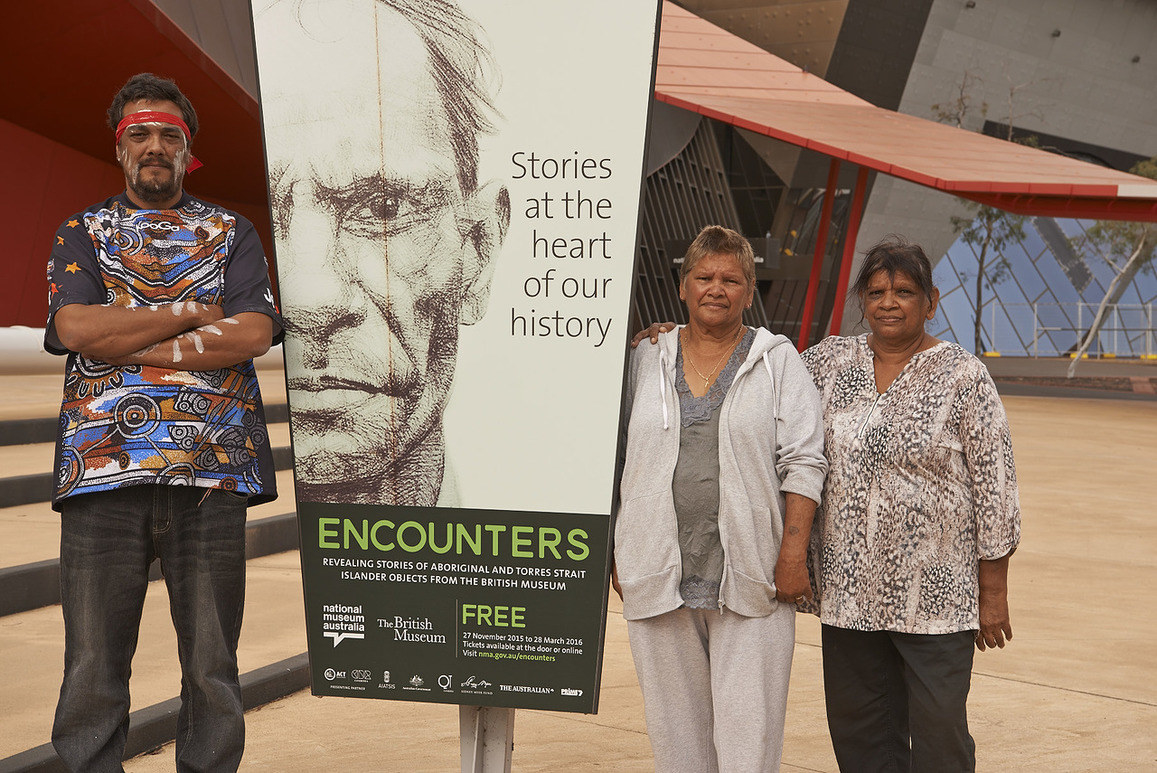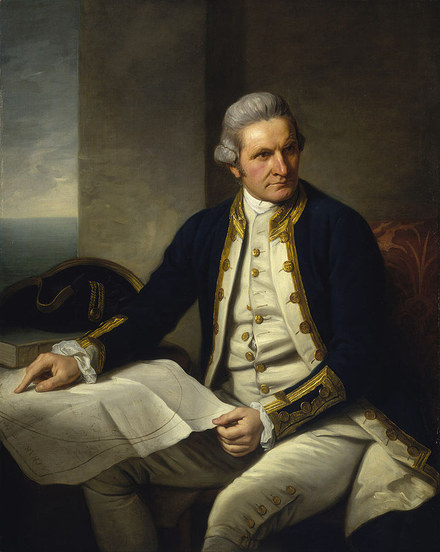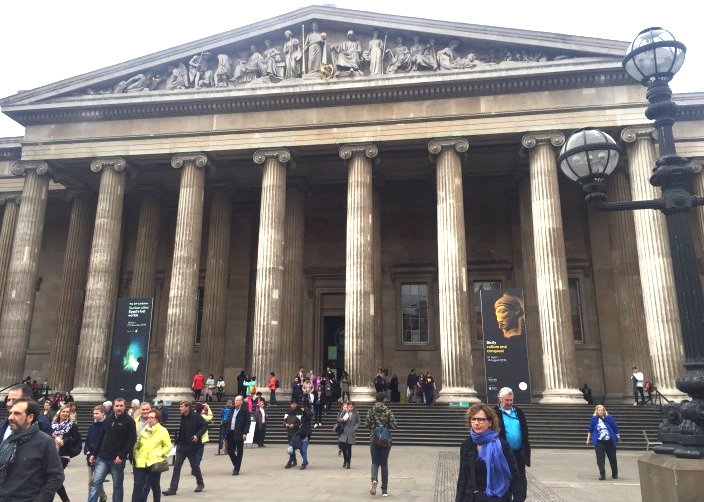It's a shield that sums up the first violent encounters between the British and the Aboriginal people of Sydney in 1770. A bullet hole in the middle is a stark reminder that the Gweagal people of Botany Bay never ceded their land peacefully.

Now the descendants of the Gweagal people from the Tharawal tribe have launched a crowdfunding campaign in a bid to raise money to travel to London and negotiate with the British Museum, where the shield is currently held, to have it returned permanently to Australia.
"I’ve given the British Museum a claim of right – I told them that my ancestors own the artefacts and we wish for them to be returned," Rodney Kelly, a descendant of the Gweagal clan, told BuzzFeed News.
"We’ve got our own museums [In Australia] and it’s clear the shield was taken from Botany Bay. They didn’t pay for it, it was taken. It’s written in the journals [of Captain Cook]. It clearly doesn't belong to them."

Cook's diary explains in detail his first encounters with the Tharawal people.

"As we approached the shore they all made off, except two Men, who seemed resolved to oppose our landing," Cook wrote.
"I fired a musquet between the two, which had no other effect than to make them retire back, where bundles of their darts lay, and one of them took up a stone and threw at us, which caused my firing a second musquet."
Kelly claims that the bark shield belonged to Gweagal warrior Cooma, Kelly's sixth-great-grandfather, who fought Cook and his men at Kurnell in Botany Bay.
In March, Kelly saw the shield for the first time in person as part of the Encounters exhibition at the National Museum of Australia in Canberra.
"It was very sad and powerful," Kelly said. "Powerful because we realised we had something in front of us that our ancestors once held, and then sadness because it could be the last time we saw it because it was going back to England."
Gaye Sculthorpe, the British Museum's curator for Oceania and Australia and an Aboriginal woman, sent Kelly an email last month promising him a meeting if he travels to the UK.
"Thank you for your email offering to come to London and to meet with the Trustees," Sculthorpe wrote.
"If you come to London, Dr Lissant Bolton, head of the Department of Africa, Oceania and the Americas, as well as myself would be pleased to meet with you. We would also expect that Dr Jonathan Williams Deputy Director Collections would meet with you also."

Despite the willingness to meet, Kelly remains sceptical that the museum will offer to return the shield permanently. He cites a letter from Jonathan Williams that he received in April saying, "the museum often lends objects around the world and is open to the possibility of lending the shield to Australia again".
Kelly says lending is not an option. He wants the shield back in Australia for education and cultural purposes.
"A big part of this fight is the connection between Aboriginal people and the shield, but mostly what I am fighting for is for non-Indigenous people to be able to walk into a museum in Australia and read a story about the shield," Kelly said. "It’s going to be teaching lessons about what really happened in 1770."

